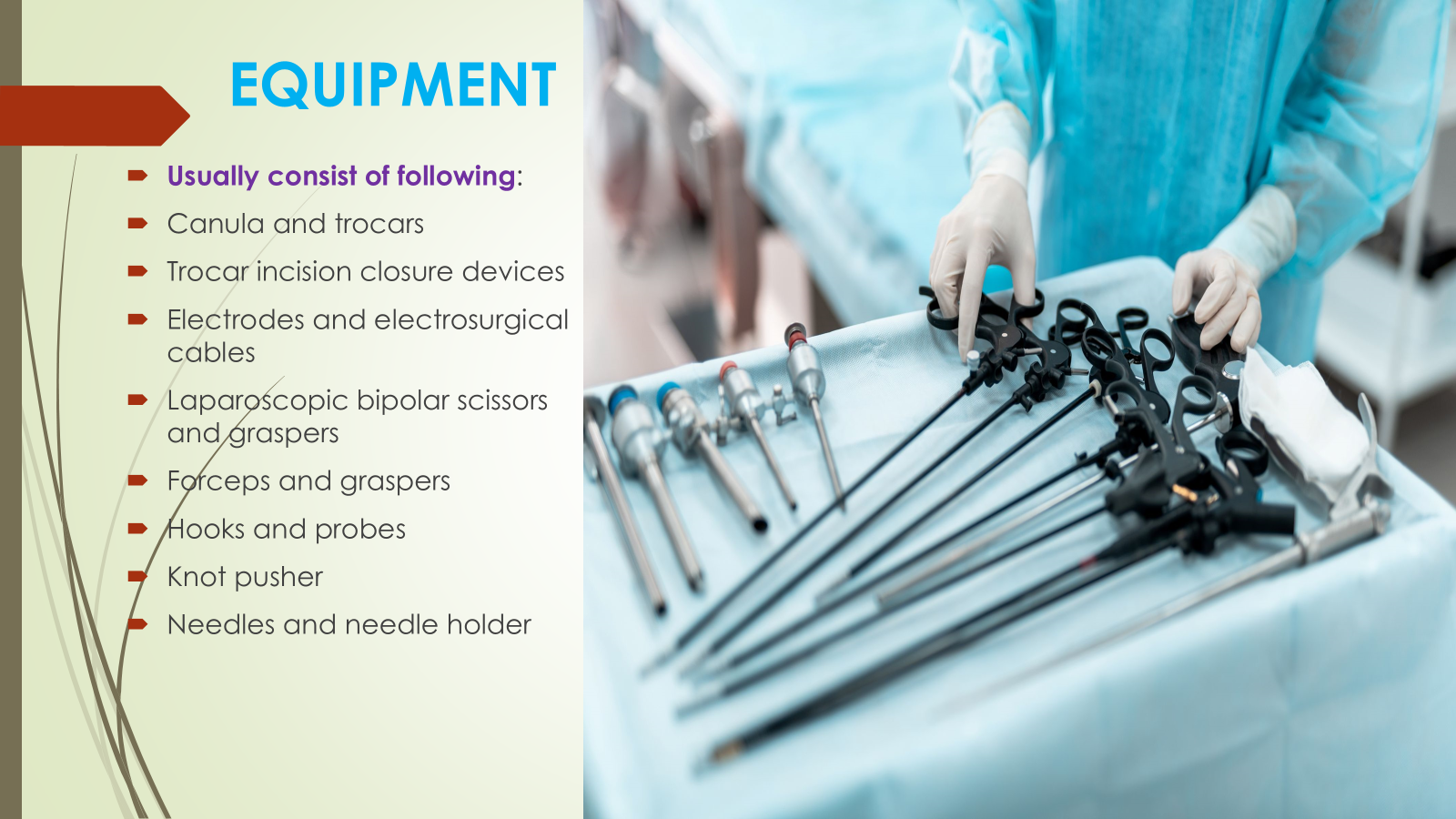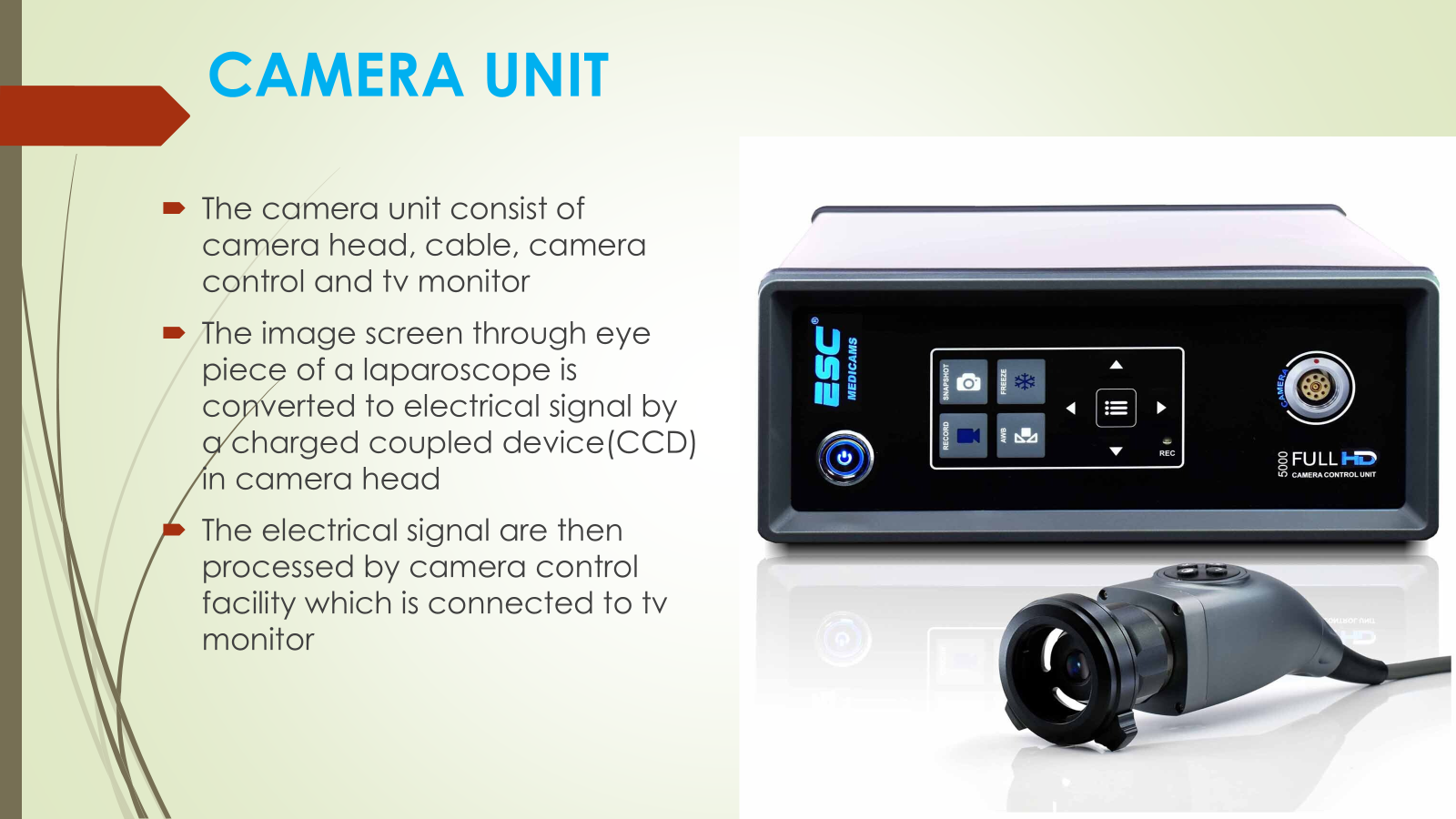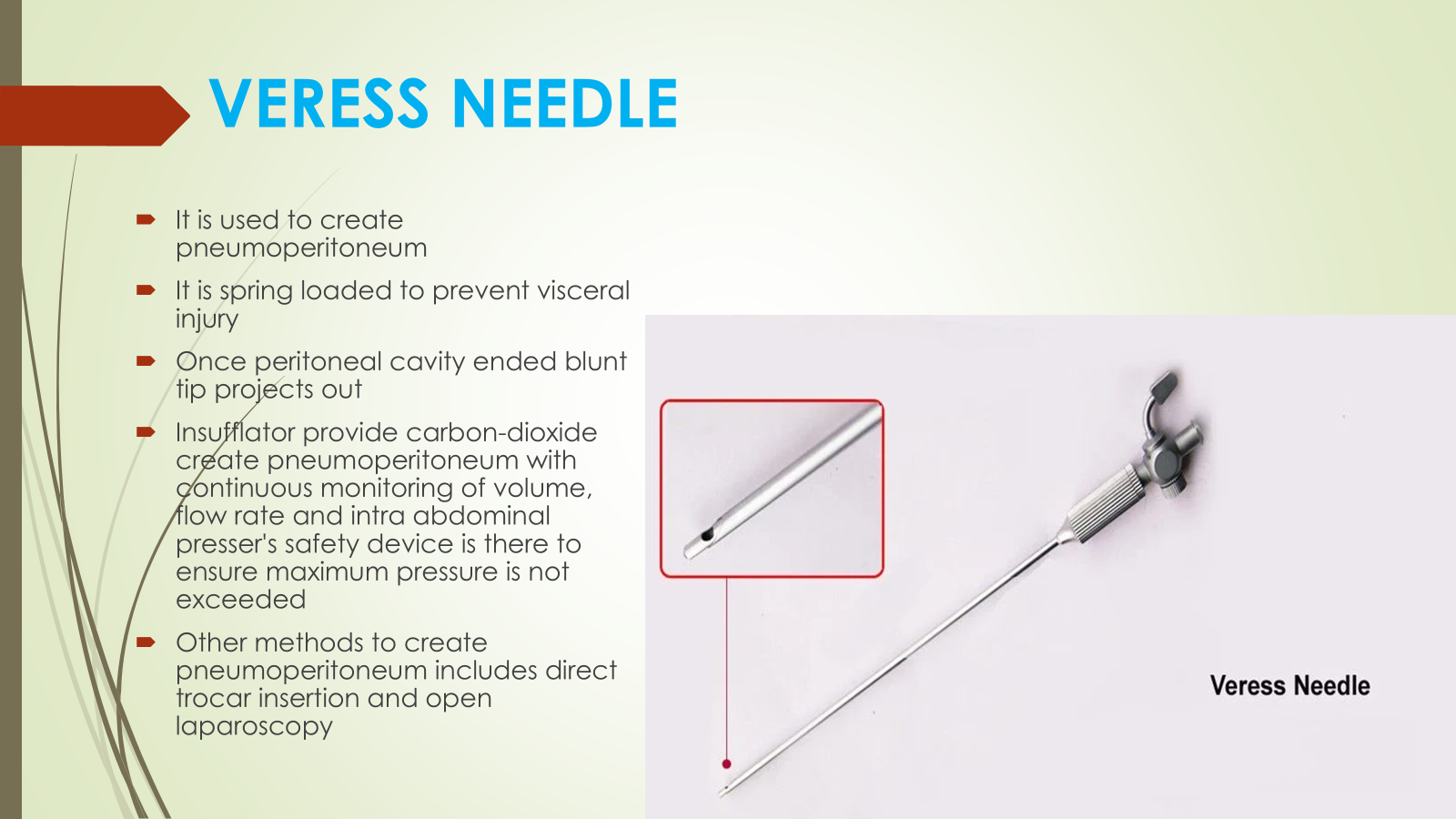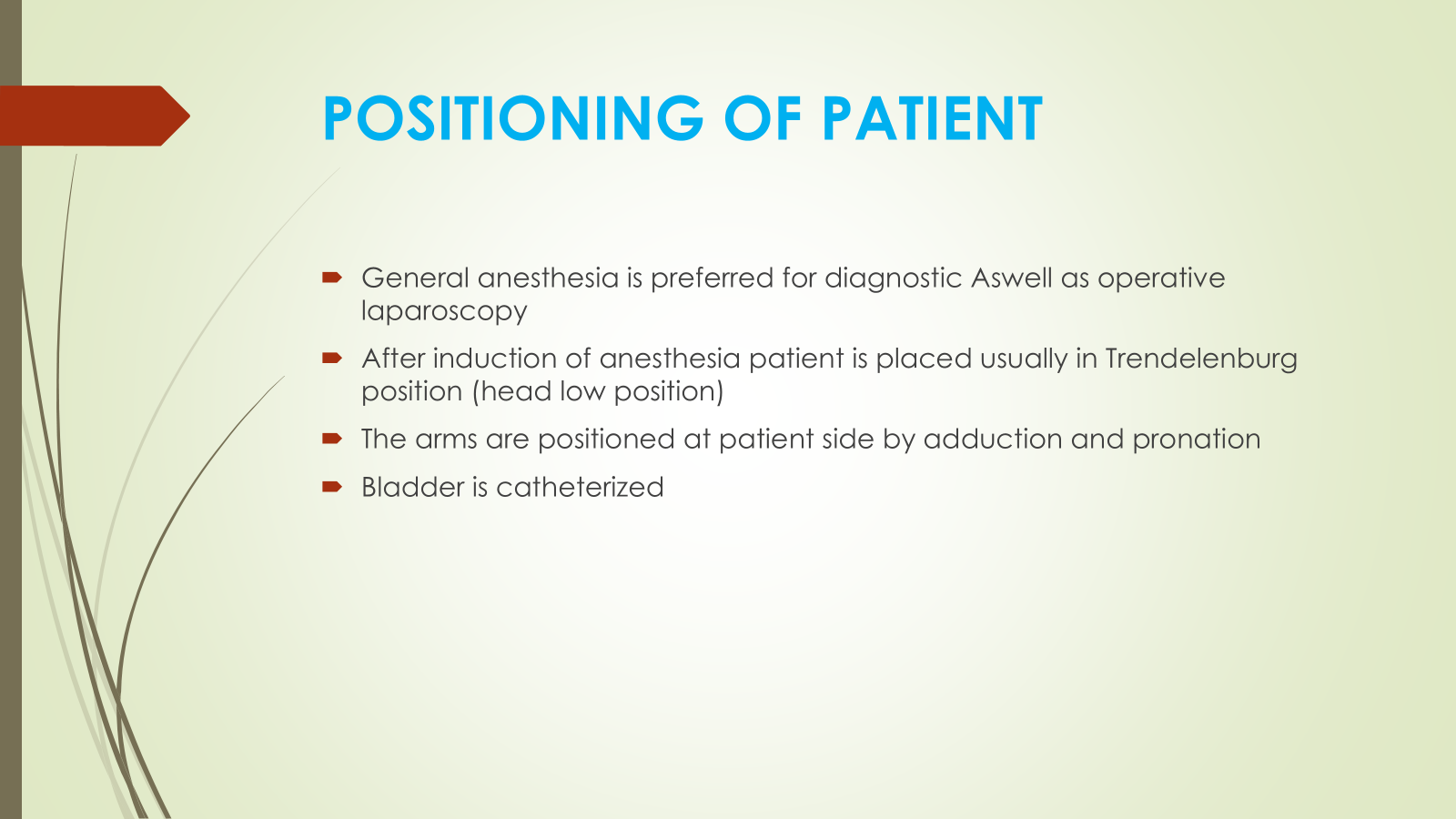Laparoscopy is a minimally invasive surgical procedure used to examine or treat conditions inside the abdomen or pelvis. It involves making small incisions (usually about 0.5 to 1 cm) through which a laparoscope—a long, thin tube with a camera and light—can be inserted. The camera allows the surgeon to view the internal organs on a monitor, and specialized instruments can be used for surgery if needed.
Some key points about laparoscopy include:
-
Common Uses: It is used to diagnose and treat conditions such as appendicitis, gallstones, hernias, and issues related to the reproductive organs (like ovarian cysts or endometriosis).
-
Benefits:
-
Procedure: In addition to the laparoscope, the abdomen is often inflated with a gas (usually carbon dioxide) to give the surgeon a better view and more space to work. This is known as insufflation.
-
Post-Op Care: Most patients recover quickly and are able to go home the same day or the following day, depending on the procedure performed.
Here’s a more detailed explanation of laparoscopy, organized into additional paragraphs:
What is Laparoscopy?
Laparoscopy is a type of surgery performed through small incisions using a special instrument called a laparoscope. The laparoscope is a thin, flexible tube with a light and camera attached to it, which allows the surgeon to view the inside of the abdomen or pelvis on a video monitor. Because of the small size of the incisions, laparoscopic surgery is often referred to as "keyhole surgery." This technique is commonly used for both diagnostic and therapeutic purposes, offering an effective way to treat a range of conditions without the need for large incisions.
Advantages of Laparoscopy
One of the most significant benefits of laparoscopy is that it is minimally invasive. The small incisions required for the procedure result in less trauma to the body compared to traditional open surgery, where larger cuts are made. This leads to reduced blood loss, less postoperative pain, and a faster recovery time. Many patients can go home on the same day or the day after the surgery, and they can resume normal activities much sooner. Additionally, laparoscopy often results in smaller scars, improving both the aesthetic outcome and the risk of complications such as infection or hernia formation at the incision sites.
Common Applications of Laparoscopy
Laparoscopy is used for a variety of conditions, both diagnostic and surgical. It is often employed to evaluate and treat abdominal and pelvic diseases. Some common conditions treated through laparoscopy include gallbladder disease (such as gallstones), appendicitis, hernias, and endometriosis. Laparoscopic surgery can also be used in gynecological procedures like tubal ligation, the removal of ovarian cysts, and the treatment of fibroids. In some cases, laparoscopy is used for bariatric surgery or weight-loss procedures, such as gastric bypass or sleeve gastrectomy.
Procedure and Recovery
Before the procedure begins, the patient is typically given general anesthesia to ensure they are asleep and pain-free. In most laparoscopic procedures, the surgeon will make two or three small incisions in the abdomen. Through these incisions, the laparoscope and other surgical instruments are inserted. To give the surgeon a clearer view and more space to work, the abdomen is often inflated with carbon dioxide gas, a process known as insufflation. After the procedure is complete, the instruments are removed, and the incisions are closed with stitches or surgical tape.
The recovery time after laparoscopy is usually much quicker than that of traditional surgery. Most patients experience mild discomfort and are able to return to regular activities within a few days to a week. However, the exact recovery time depends on the type of procedure performed. Follow-up appointments may be scheduled to ensure proper healing and monitor for any potential complications, such as infections or blood clots.
Risks and Considerations
Although laparoscopy is a relatively safe procedure, it does come with some risks. As with any surgery, there is a potential for complications such as infection, bleeding, or damage to surrounding organs. Some patients may also experience side effects from the insufflation of gas, such as bloating or shoulder pain. It's important for patients to follow their surgeon's post-operative instructions carefully to minimize the risk of complications and ensure a smooth recovery.
In summary, laparoscopy is a highly effective and minimally invasive surgical technique that
offers a range of benefits, including smaller scars, less pain, and faster recovery times. Whether
used for diagnostic purposes or to treat various conditions, laparoscopy has revolutionized
modern surgery by offering patients safer, less invasive options for abdominal and pelvic
procedures.




























